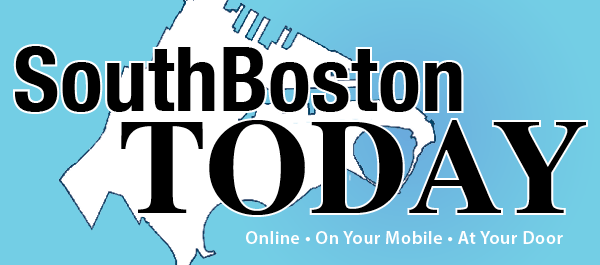
The South Boston Seaport Strategic Transit Plan is in the process of identifying specific recommendations to improve the operations and capacity of the transit network serving South Boston’s Seaport District. The Plan is studying current transit connections and planning to recommend specific improvements in the short-term, as well as for the next 15 years and beyond.
The plan is being undertaken by the City of Boston, led by the Boston Planning and Development Agency with support from the Boston Transportation Department. Partner agencies include the MBTA, MassDOT, Massport, Massachusetts Convention Center Authority (MCCA) and Seaport TMA. All will be key team members with roles in implementing the recommendations.
Rapid growth in the Seaport District has increased the number of residential, commercial, and institutional destinations in this area of Boston. Additional developments are either under review, BPDA board approved, or under construction. The Plan seeks to develop an integrated inventory of pending development, infrastructure plans, and transportation projects and visions, including Go Boston 2030.
The Plan also involves direct coordination with studies relevant to the scope, including the Silver Line Capacity Study conducted by Massport, MBTA’s Better Bus Project, and other transit initiatives.
The Strategic Transit Plan calls for a comprehensive transit vision for the District based on a data driven understanding of the demands placed on the South Boston neighborhood by both existing and planned future development. The focus is on transit, including the Seaport’s bus and shuttle network, water ferries, ride-sharing and bike-sharing, and other private-sector initiatives. Transit solutions have a direct effect on traffic in general and especially as it relates to the natural geographic challenges of a peninsula like South Boston. This includes the MBTA’s Red and Silver Lines, MBTA bus service, and bicycle and pedestrian networks to them.
The Plan will identify key activity points, circulation networks, and primary origins and destinations both locally and regionally. It will analyze bicycle and pedestrian conditions, as well as safety for all users. Based on a thorough analysis of the data and conditions, the Plan will identify potential infrastructure or roadway changes to improve transit movement and enhance pedestrian and bicycle conditions.
Civic engagement with residents, advocacy groups, and business and property owners will be a key element of the Plan. The project team will be seeking input from the South Boston Seaport and South Boston Proper community on goals and objectives for improving transit through public meetings and briefings.
Draft and final recommendations will be refined based on community and stakeholder feedback. Final strategic recommendations will demonstrate the benefits of a prioritized list of projects with estimated costs, funding sources, and operations and management strategies. The plan will include monitoring and reporting on the recommendations. Implementing the Plan will be a crucial element of the recommendations. The City hopes to implement immediate transportation improvements in the Seaport as the first step in a vigorous and successful South Boston Seaport Strategic Transit Plan.









